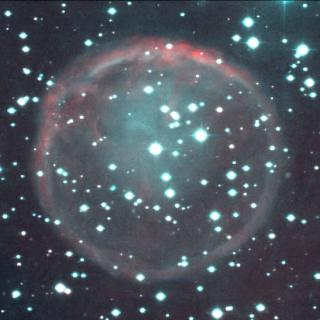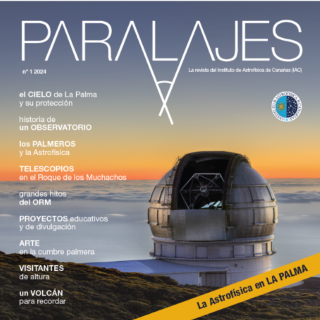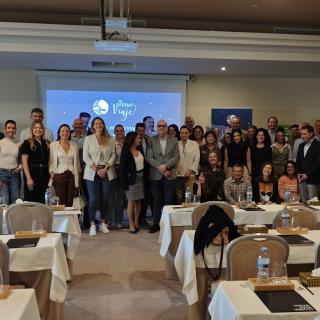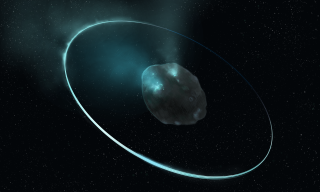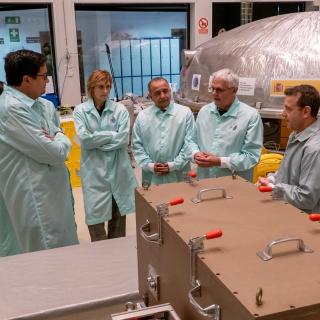
El ministro para la Transformación Digital y de la Función Pública, Óscar López, ha visitado el Instituto de Astrofísica de Canarias (IAC) para, entre otras infraestructuras, conocer de primera mano el avance del proyecto ‘Redundancia de la red óptica RedIRIS del IAC’. Óscar López ha destacado que “este proyecto ofrece la posibilidad de incorporar importantes capacidades industriales para los diferentes ecosistemas españoles de semiconductores. Y es especialmente importante para Canarias, incrementando el tejido tecnológico de la zona y la generación de empleo en las islas en un sector
Advertised on
